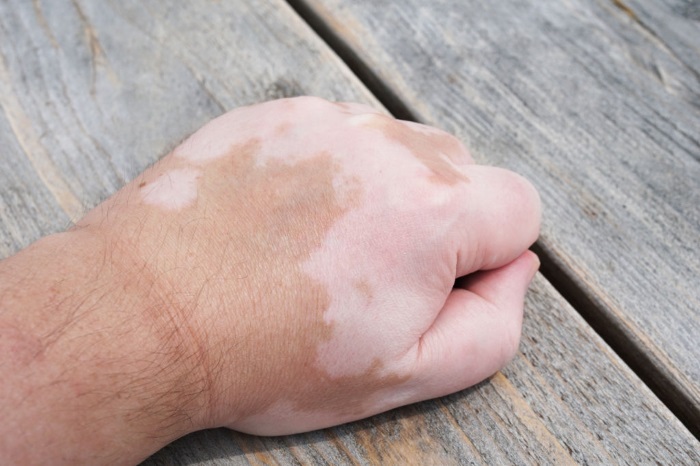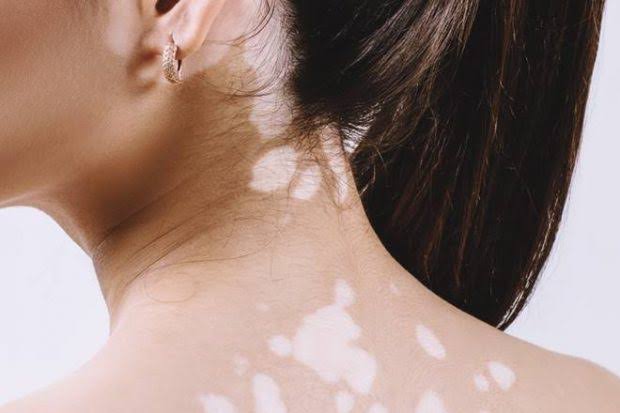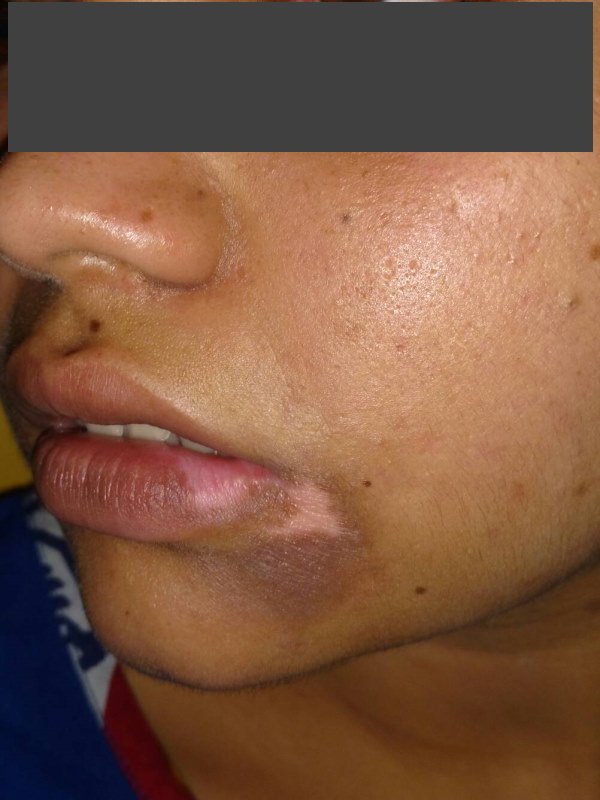

Vitiligo is a condition in which your skin loses melanin, the pigment that determines the colour of your skin. Vitiligo is an auto-immune disease where the person’s own immune system starts attacking the pigment producing cells.
It usually affects 1-2% of the population. Vitiligo usually starts as small areas of pigment loss that may spread and become larger with time.
While still largely unknown, there are various theories which have been put forward by researchers. The most accepted theories are Autoimmunity, Autocytotoxicity, Neural, and Genetic.
In a normal population, 1% to 2% children have the risk of developing Vitiligo, while children of Vitiligo-affected parents may have a 10% to 20% risk of developing Vitiligo.Detection of faulty genes causing Vitiligo is currently not available.
Vitiligo is believed to be a multisystem disorder that can have other auto-immune comorbidities. A proper assessment to determine the presence and severity of these comorbidities is needed. There are basically 2 components of therapy – First is to stop the spread of the disease and second is to refill colour. It is also important to screen for associated disease that can come with Vitiligo.There are different ways of doing that and it differs from patient to patient. If you have tried medical therapy and have not achieved desired results, you can consider surgical options like suction blister grafts/non cultured melanocytes suspension.
Vitiligo does not spread by touch. It is a sign of ignorance if one avoids touching the person who has Vitiligo.
The present medical wisdom does not support any co-relation with food.No food restrictions are required in the diet but sometimes your dermatologist may ask you to avoid milk and other high calorie foods if you have insulin resistance.Dr Agarwala says “I find it very annoying to deprive someone of lemon, curd, tomatoes or pickles just because of the popular belief that such foods cause further spread of leukoderma”.
There are some other autoimmune-related conditions that can accompany Vitiligo. Thyroid disorder (common in Vitiligo patients), alopecia areata, pernicious anaemia, lupus, and occasionally diabetes are some of these. Appropriate tests to pick them early will help in holistic management.
Patients who have stable Vitiligo patches for a period of at least 6 months to 1 year are good candidates.
Normal skin is used as donor tissue and then grafts are surgically transplanted on areas of Vitiligo. The new skin grafts start producing pigment. There are newer methods available too, wherein melanocytes (pigment producing cells of skin) are obtained surgically under local anaesthesia from the patient and then placed or applied on the skin’s Vitiligo patches.
Success rates of surgical repigmentation vary with the type of Vitiligo and individuals. The success rate of treatment is 70% – 90%.Final Results may vary amongst individual cases)
Yes, there are many products out there to provide excellent camouflage of Vitiligo spots. You can ask about the same from the clinic reception.
Dr Manoj Agarwala believes in detailed consultations for skin conditions. Vitiligo treatment is a journey and the patient needs to understand this. We provide:
We allocate sufficient time for a difficult condition such as Vitiligothat requires keen attention. All our patients are seemingly well informed about the condition and treatment options. We have a huge list of successfully treated Vitiligo patients who now share a very cordial relation with us.

